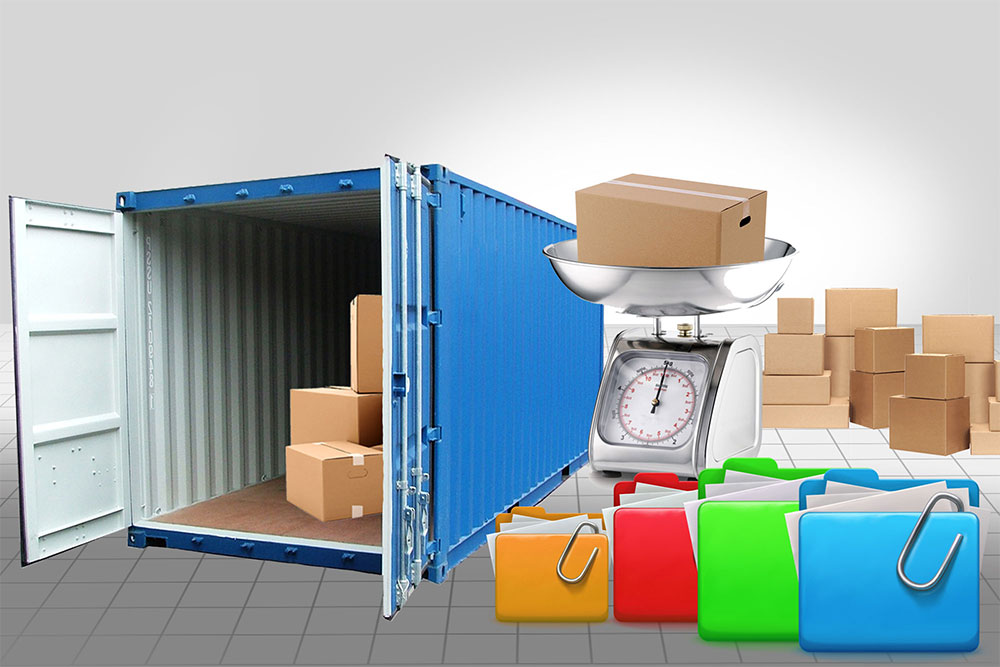Inconsistency of the stated gross mass of a packed container and the actual weight can result to massive negative effects to both the shipper and the owners of the shipment.
As early as 2011, the International Maritime Organisation (IMO) has made modifications in the Safety Of Life At Sea (SOLAS) Convention to oblige shippers to verify the weight of the container as a condition prior to loading into ships for export.
Effective July 1st of this year, SOLAS enforced the said rule that shippers should verify the weight of the container known as the VGM (Verified Gross Mass) Rule.
The main objective of the rule is to gain accurate gross mass of containers in order for terminal and vessel operators to create loading and shipment action plans before loading the cargo in the carriers.
The new requirement added to the shipping regulation ensures the safety of the shipment as well as the people on cargo ships.
The VGM is a document required from shippers and offshore freight operators before the freight is loaded to the carrier vessel.
Here are the responsibilities of the shippers to ensure compliance of the Verified Gross Mass Rule:
- Provide the VDM document before loading the cargo to the vessel or the carrier.
- Ensure that the document has all the accurate and specific details of the shipment which include: the container and seal number, the number of pieces loaded, the total mass of the material or product and the tare weight of the container that has been loaded. All the weights will be summed as the gross mass of the container.
- Remember that the rule applies to all containers – tank, bulk and flat rack containers.
- Note that the scale to be used for weighing the cargo should be in accordance to the local and national rule.
- Take note that there are two ways of calculating the verified Gross Mass:
- weigh the loaded container once the cargo is loaded,
- weigh all the packages, dunnage material and add the total weight of the container.
Listed above are the responsibilities of shippers for them to comply to the new VGM rule.
It’s pretty clear that governing bodies are pushing for a stricter rule for verified gross mass to ensure a safer transport of cargo.
Back office offshoring solutions, an offshore transport partner for logistics and freight forwarding companies, is helping clients in as much as possible to make sure clients are complying to this rule to avoid penalties and fees.
Compliance to the Verified Gross Mass rule is a must for all shippers. This is for the effort of ensuring safety for all – shippers, seafarers, shore-side workers and the shipment itself.
There are still updates expected and questions concerning the rule and its consequences and these will be answered in the next months.


